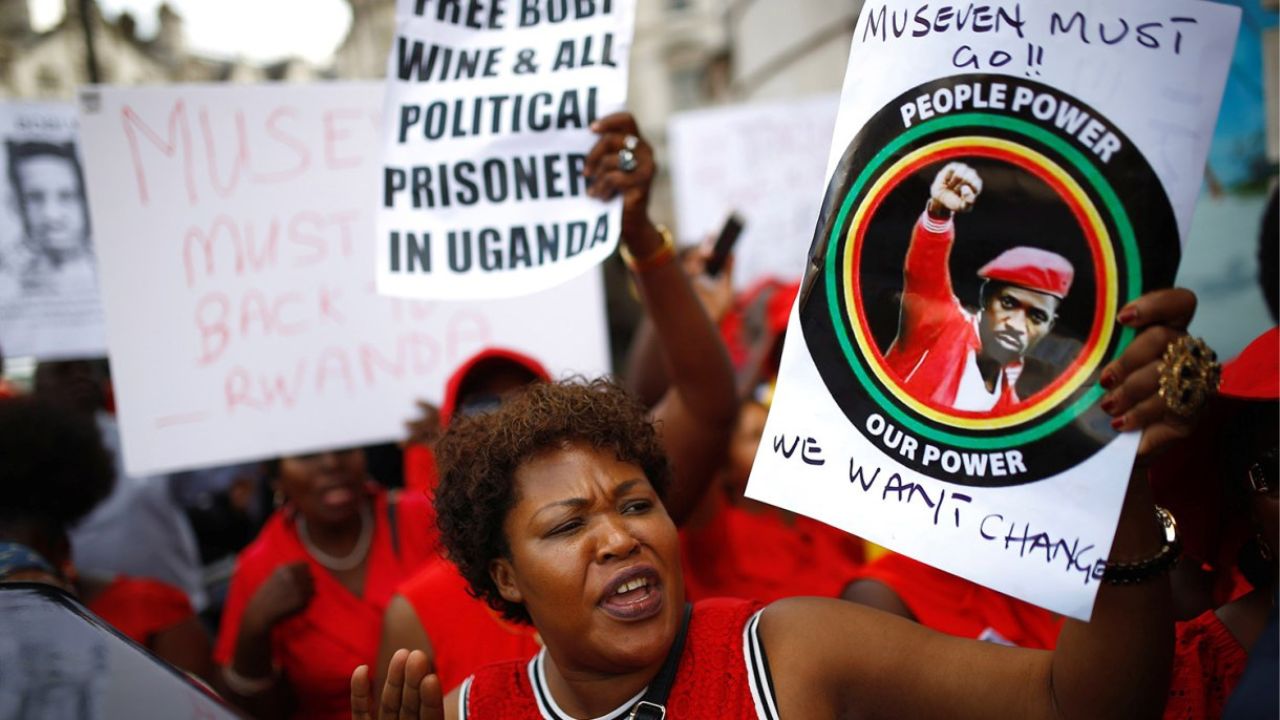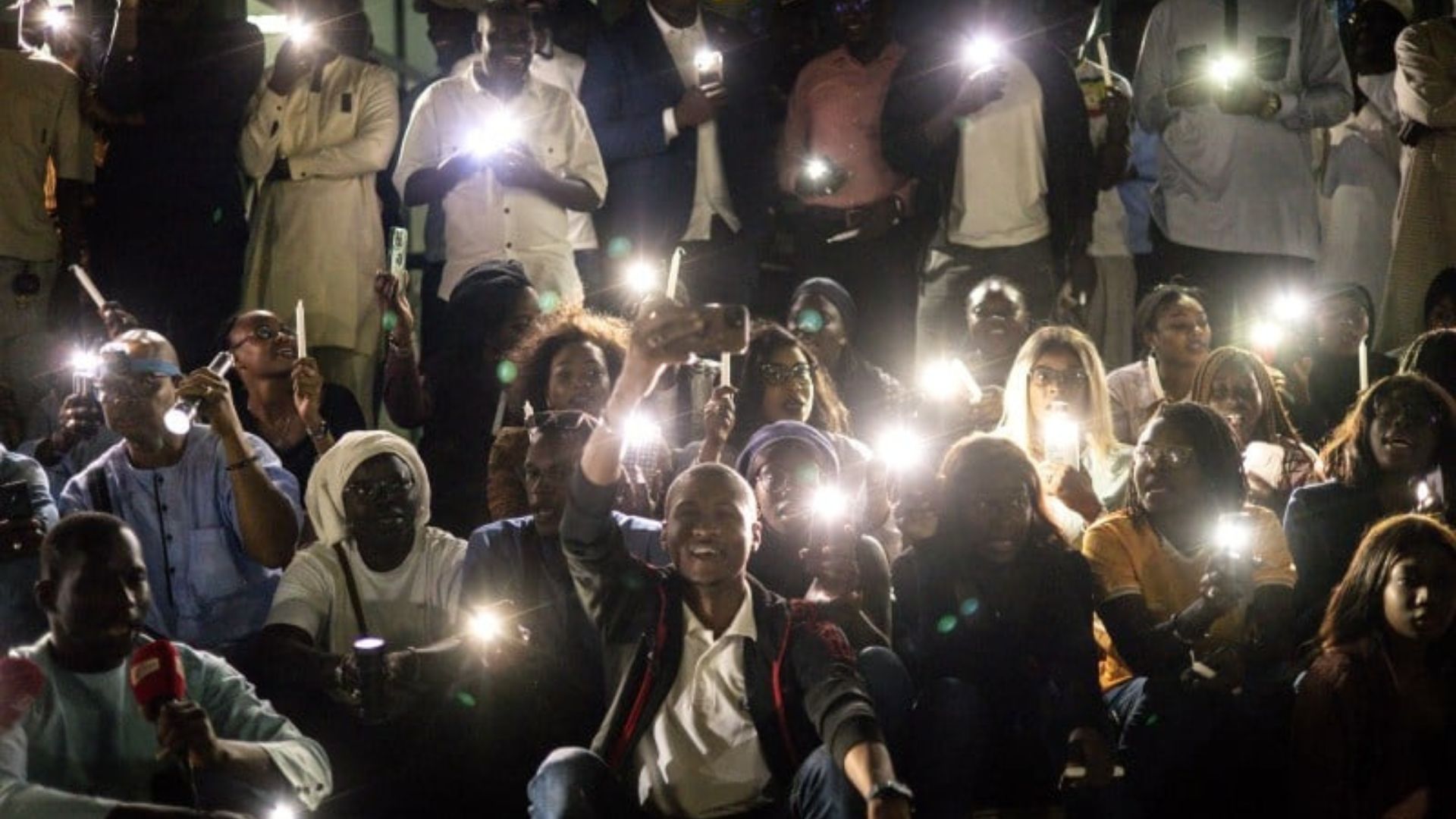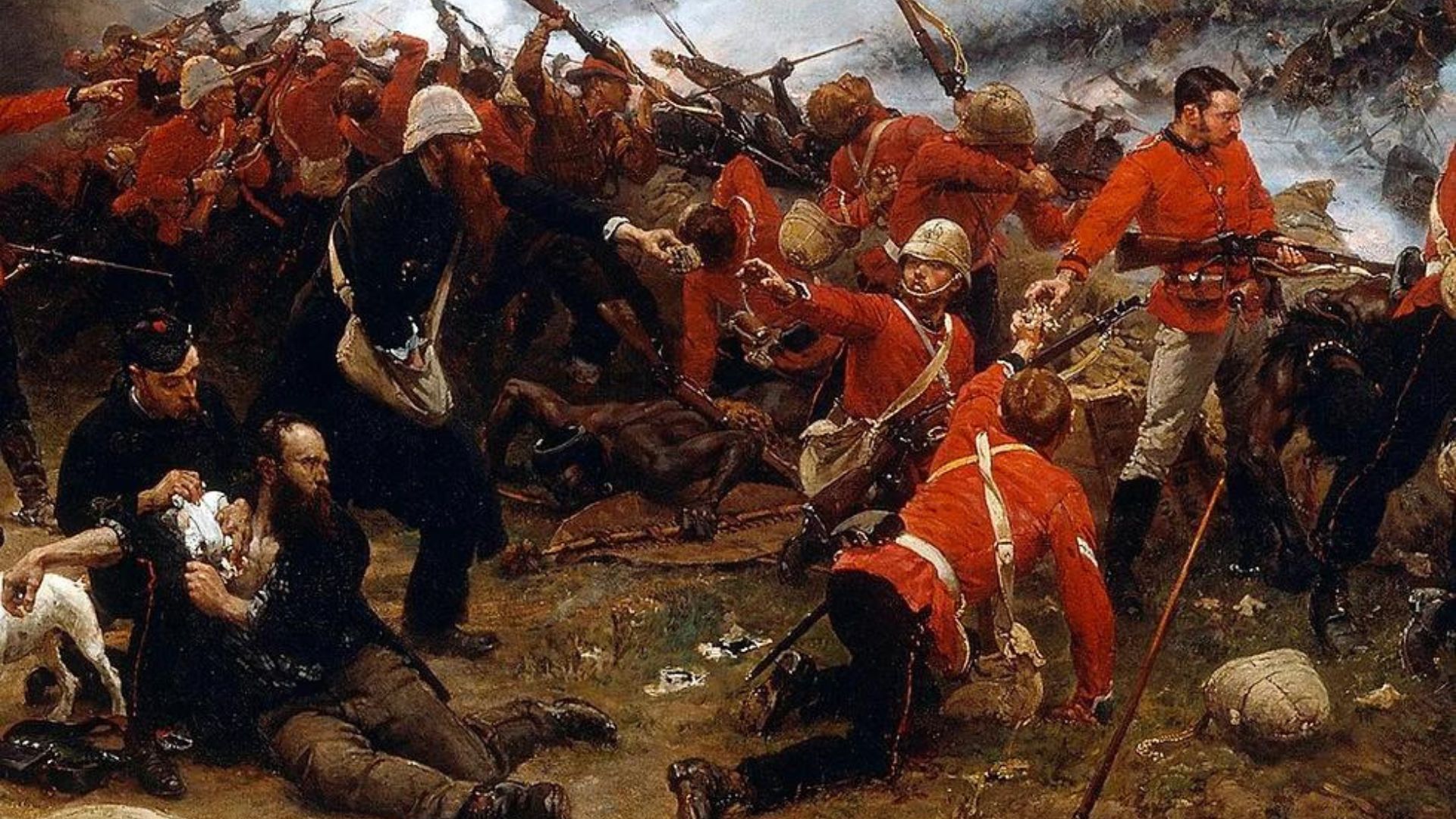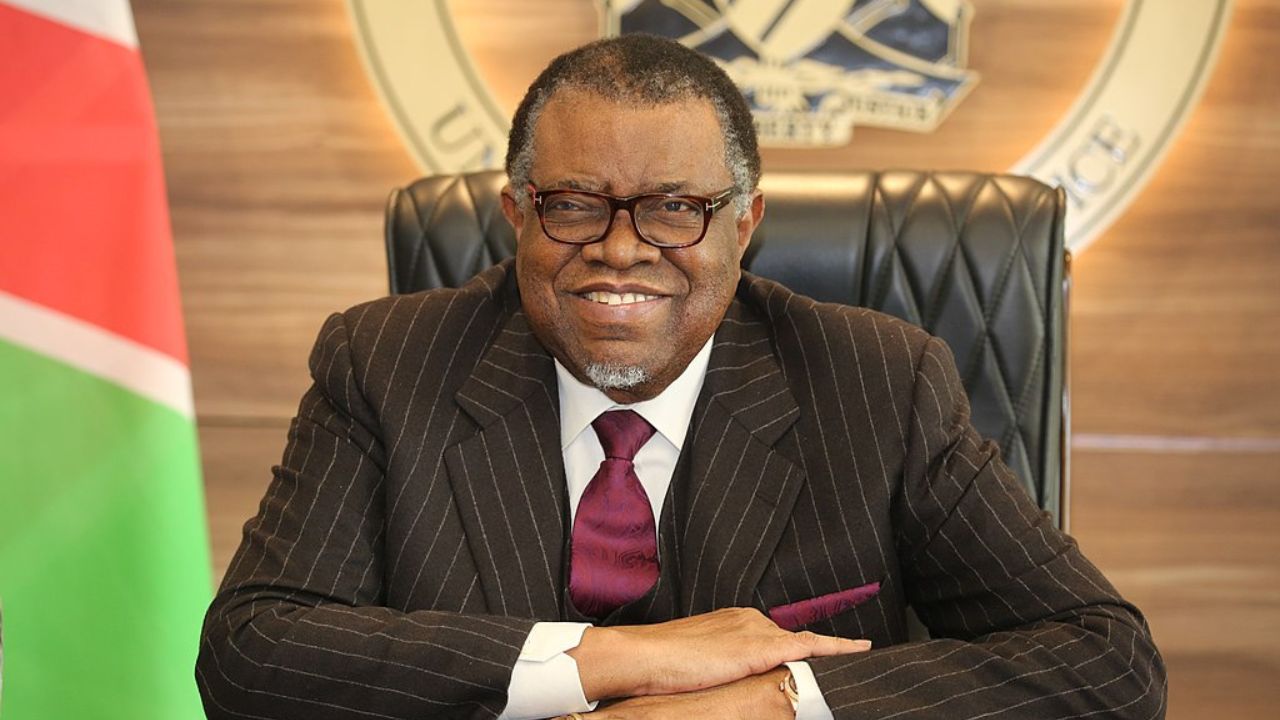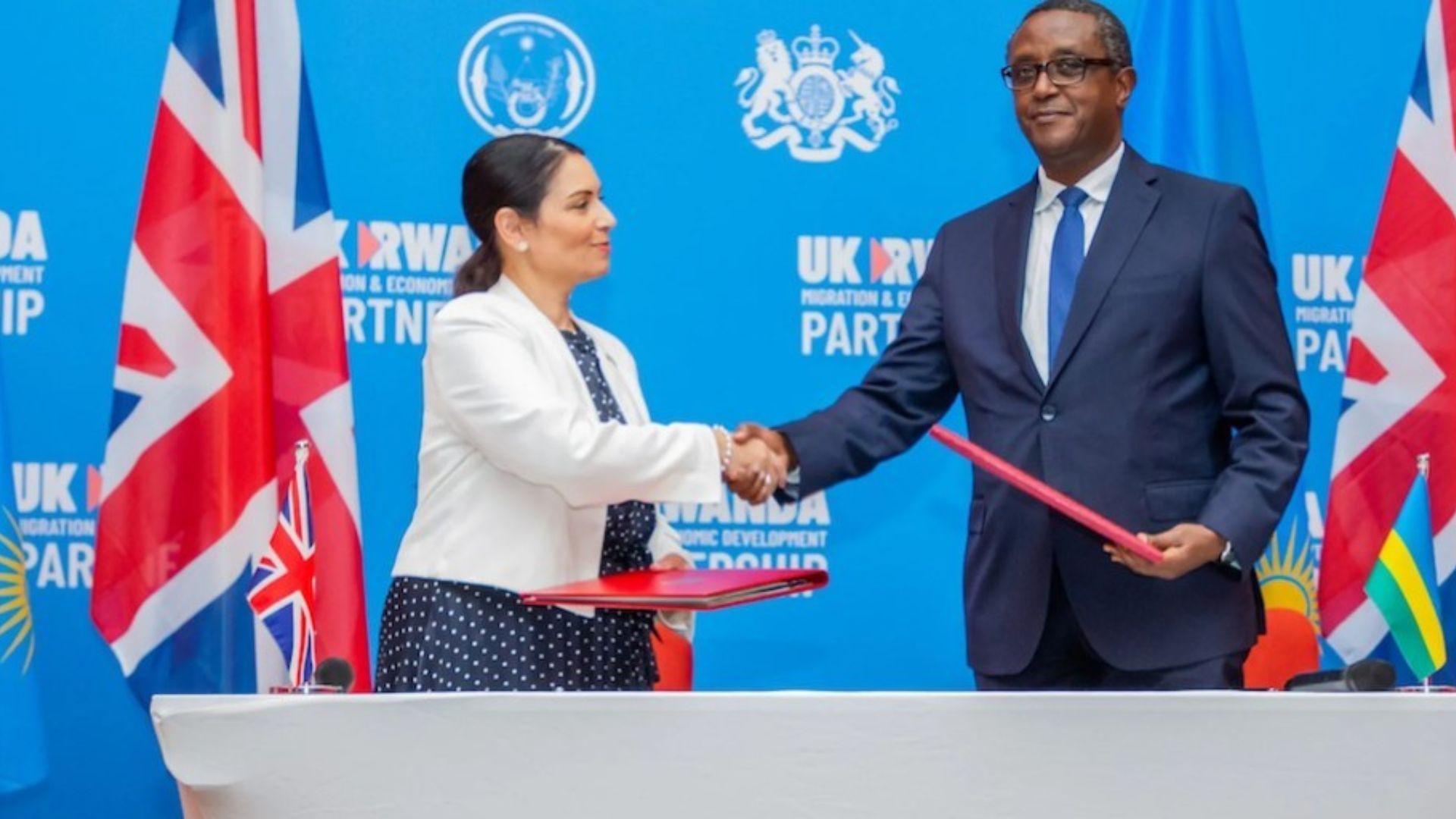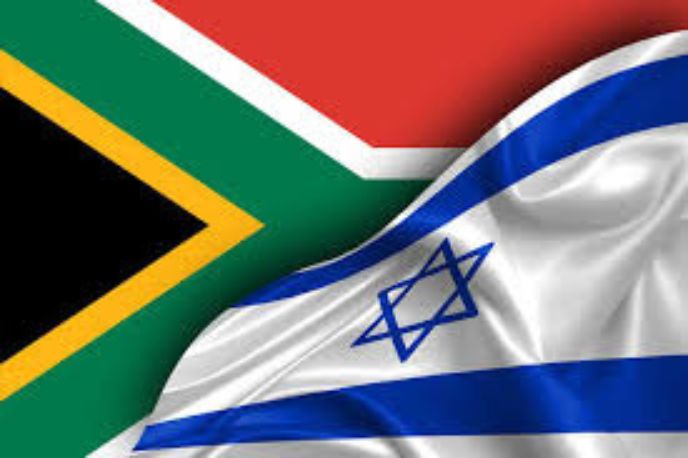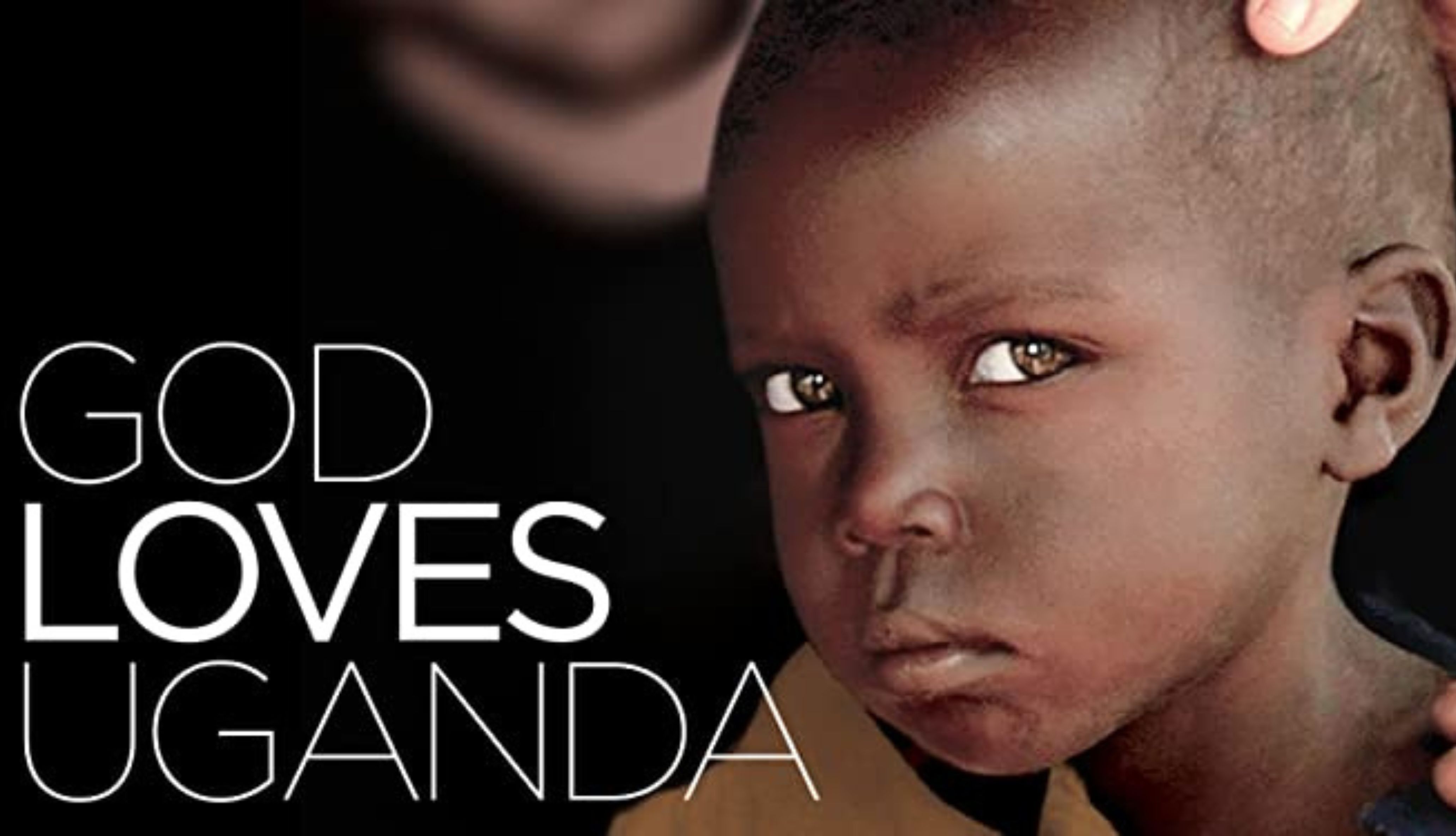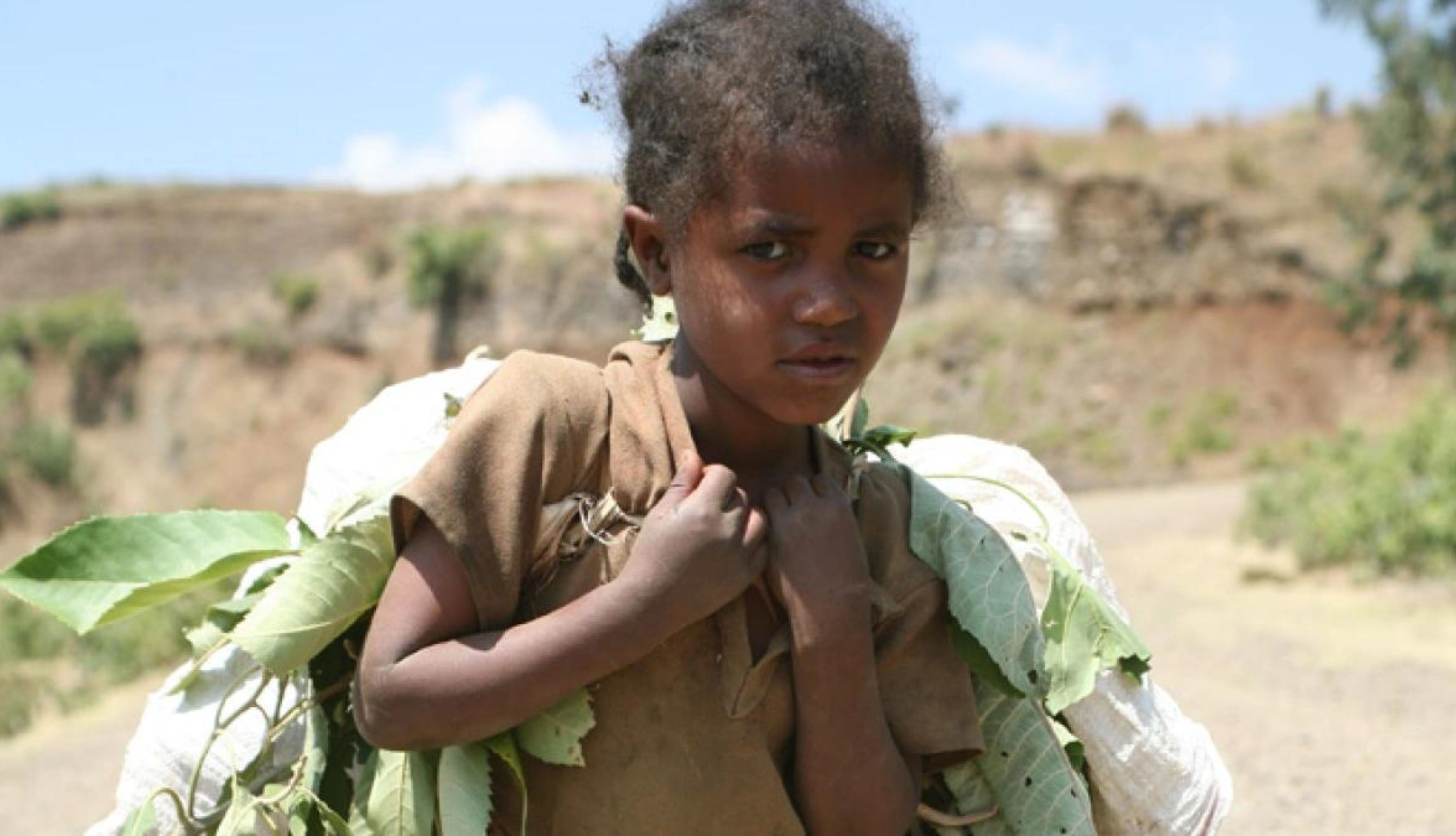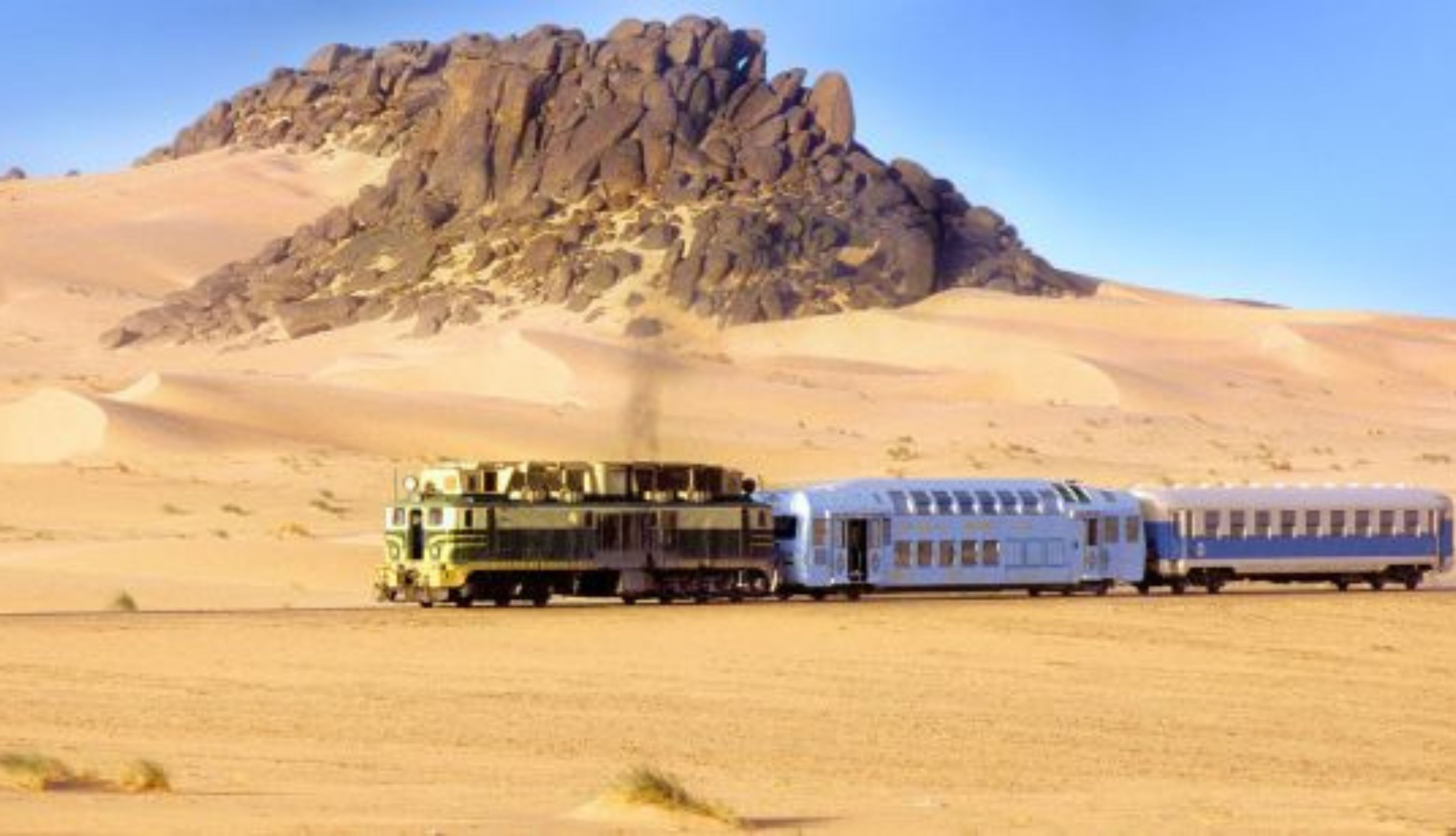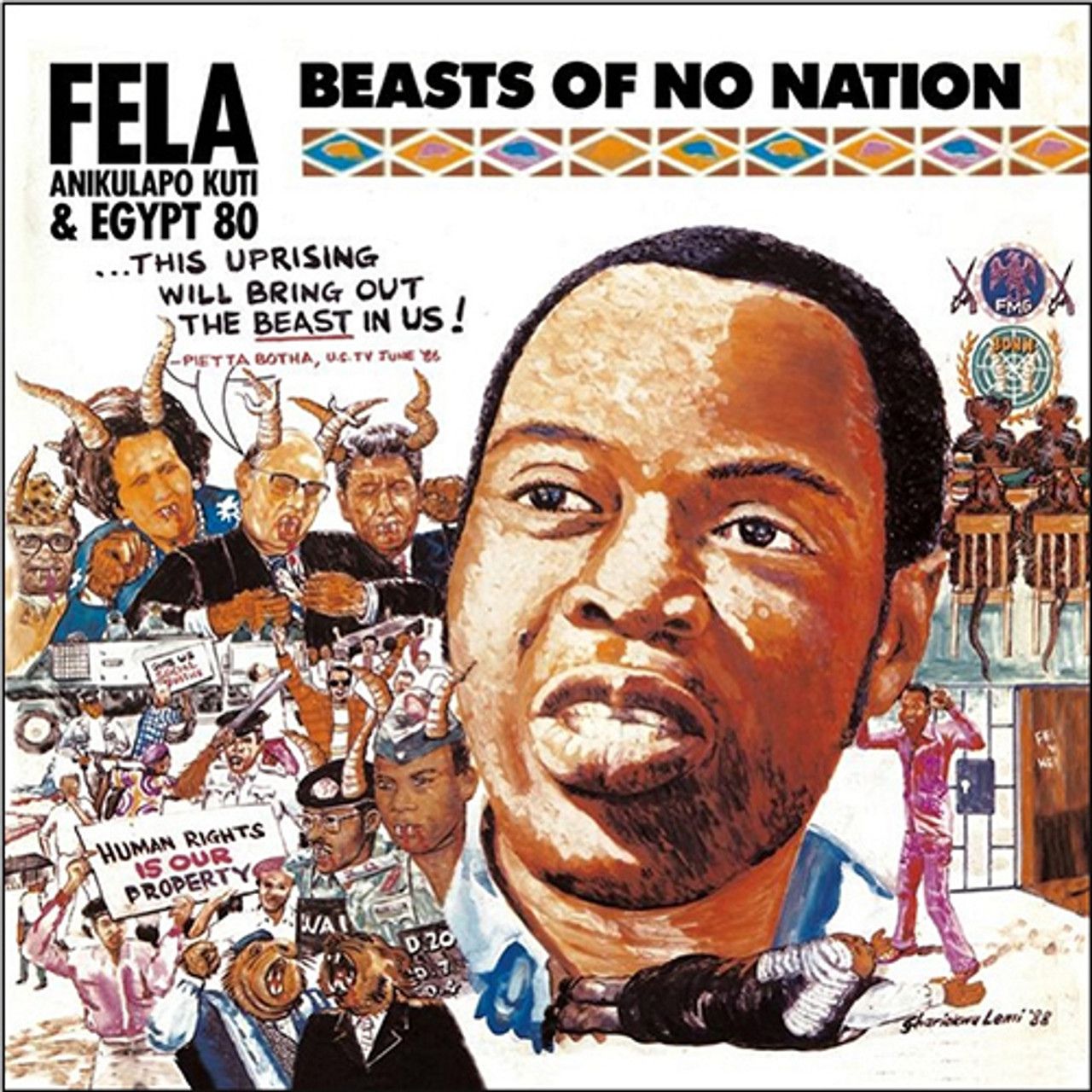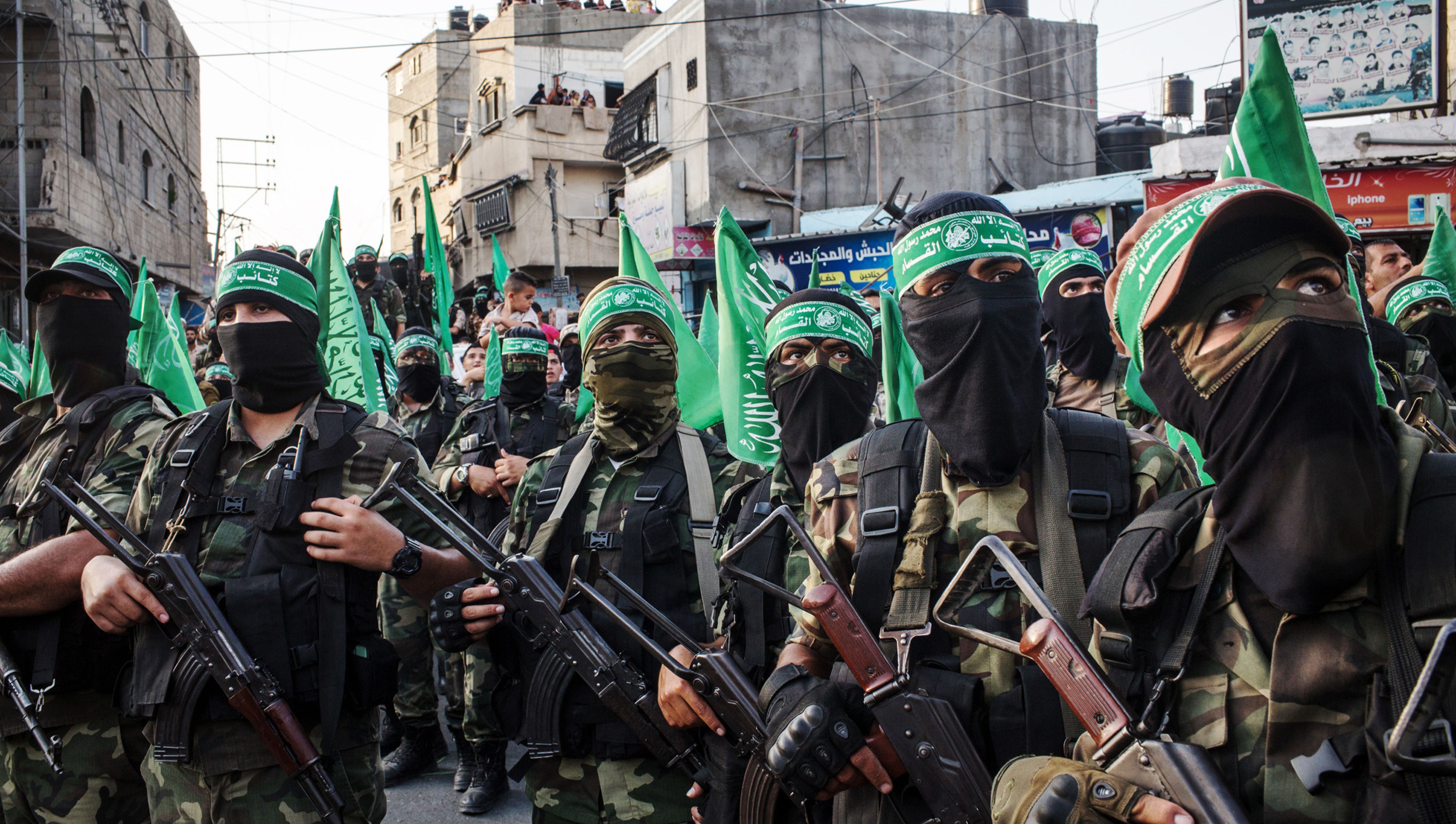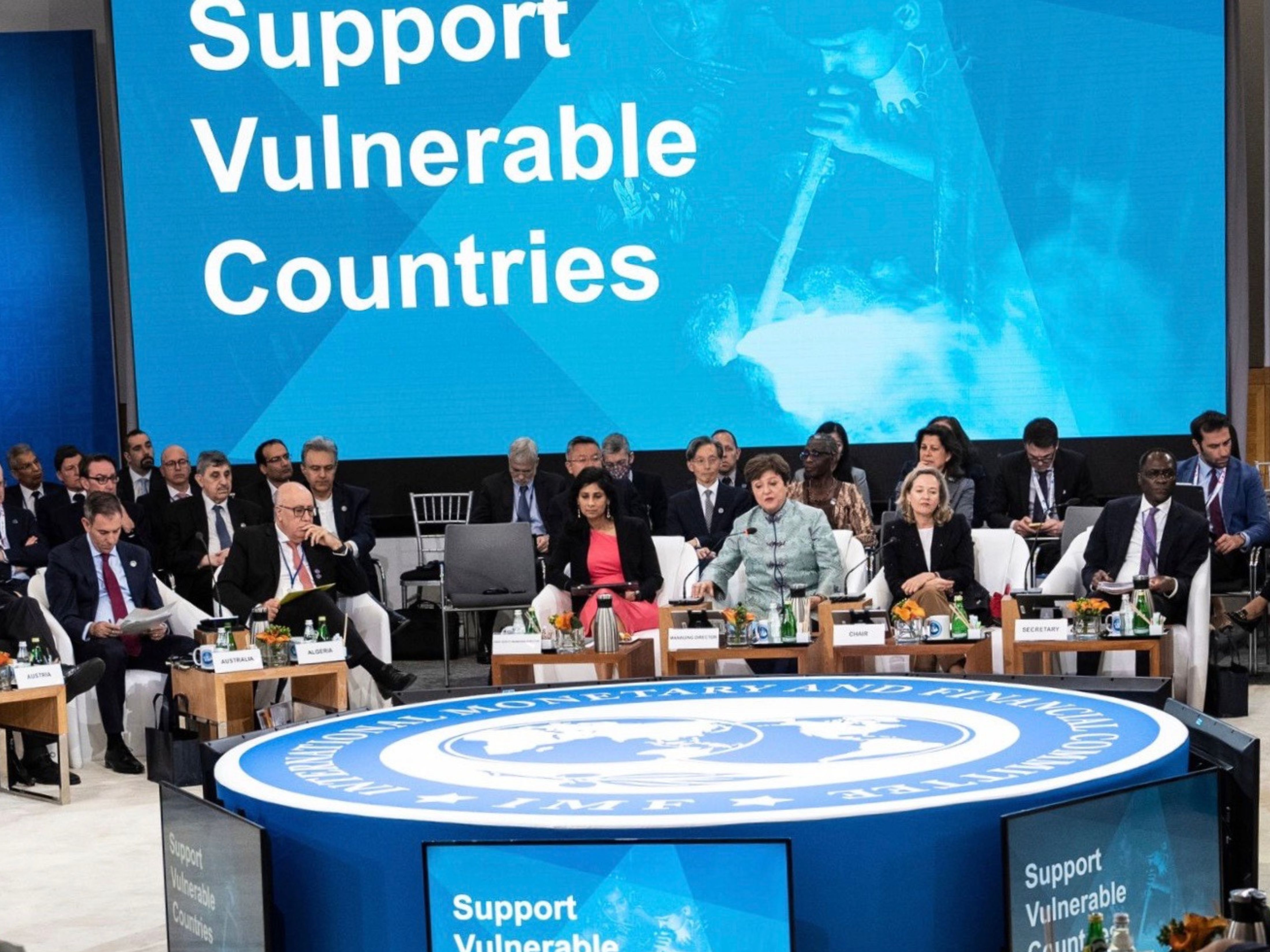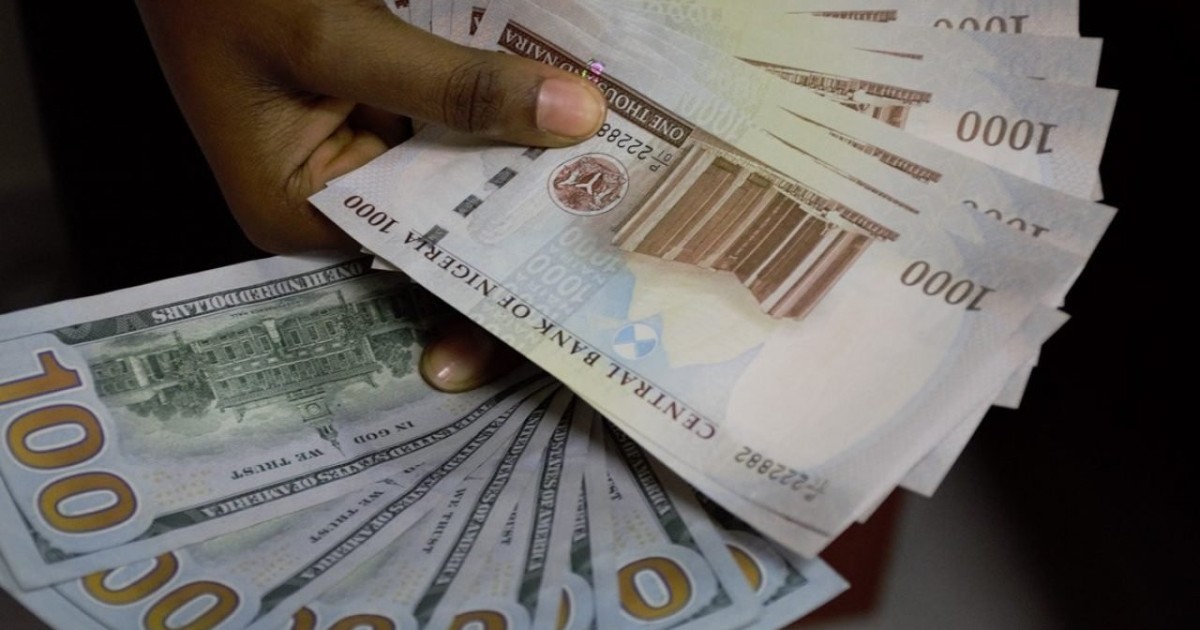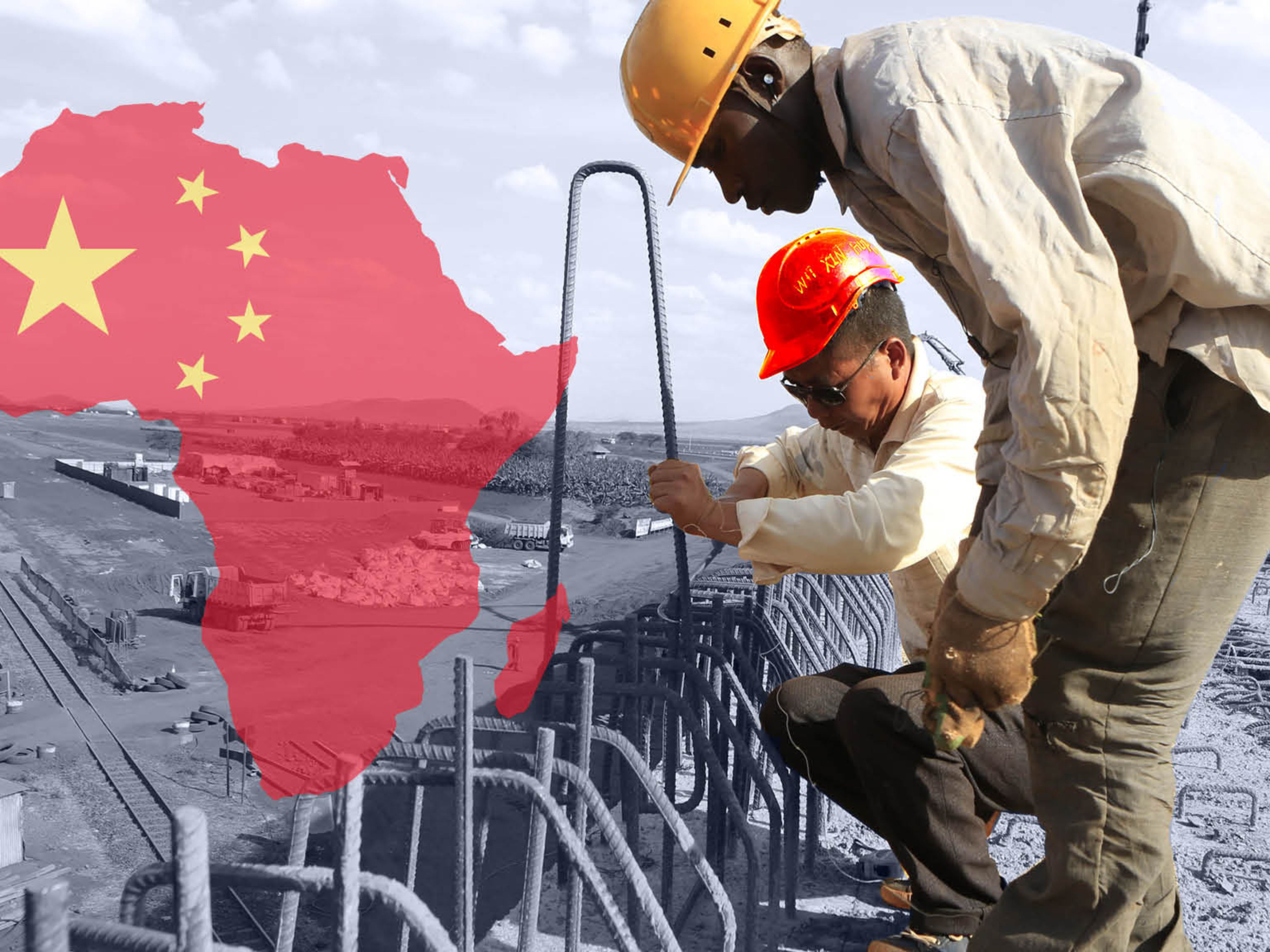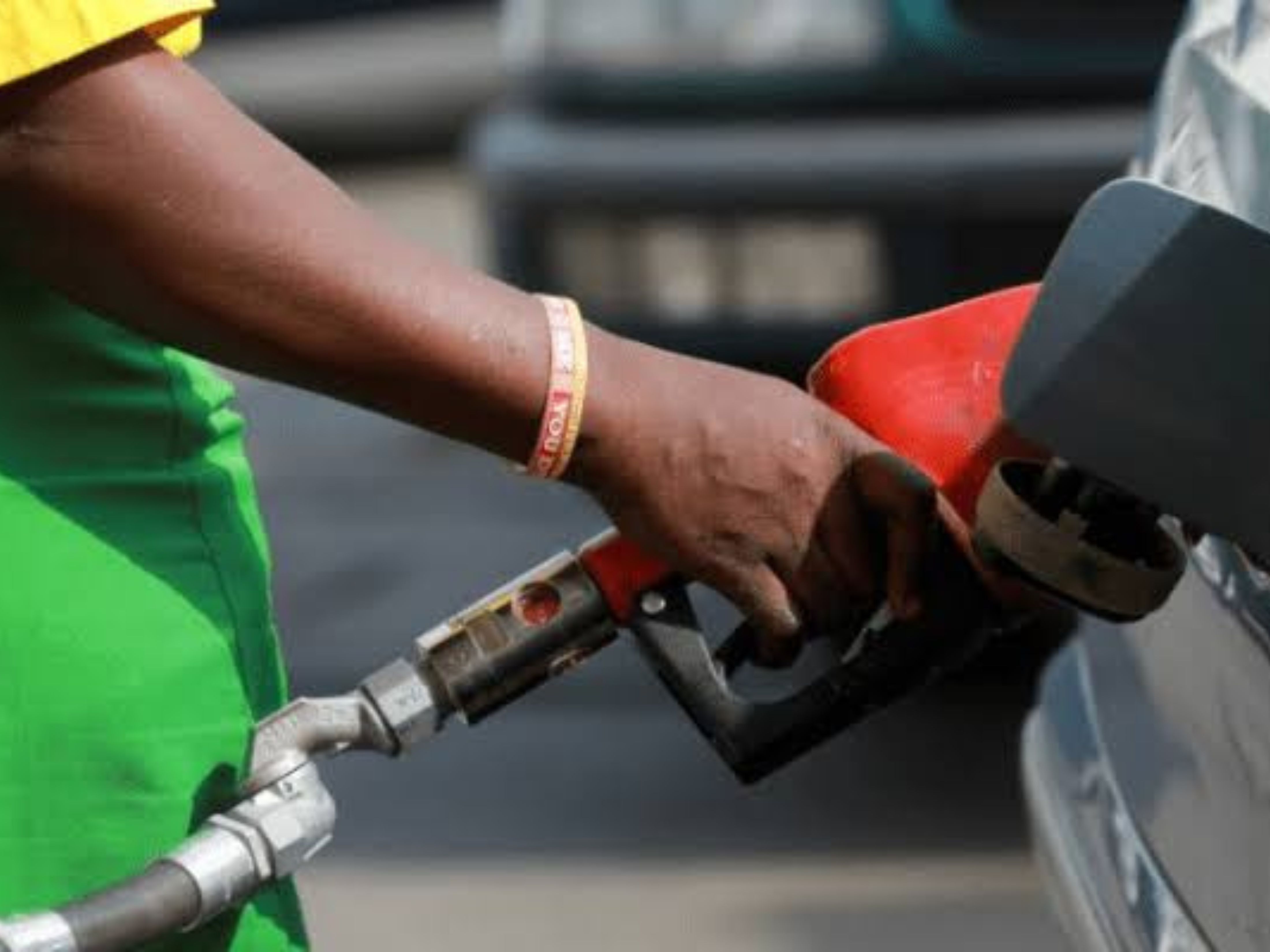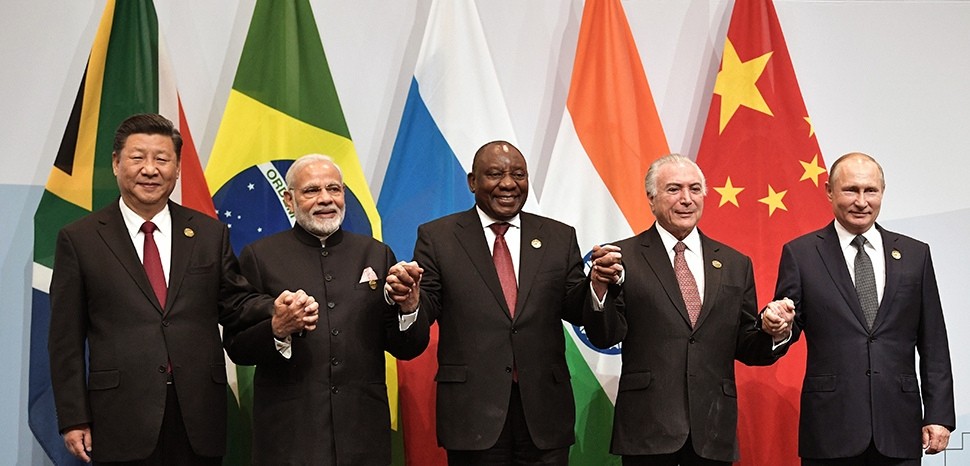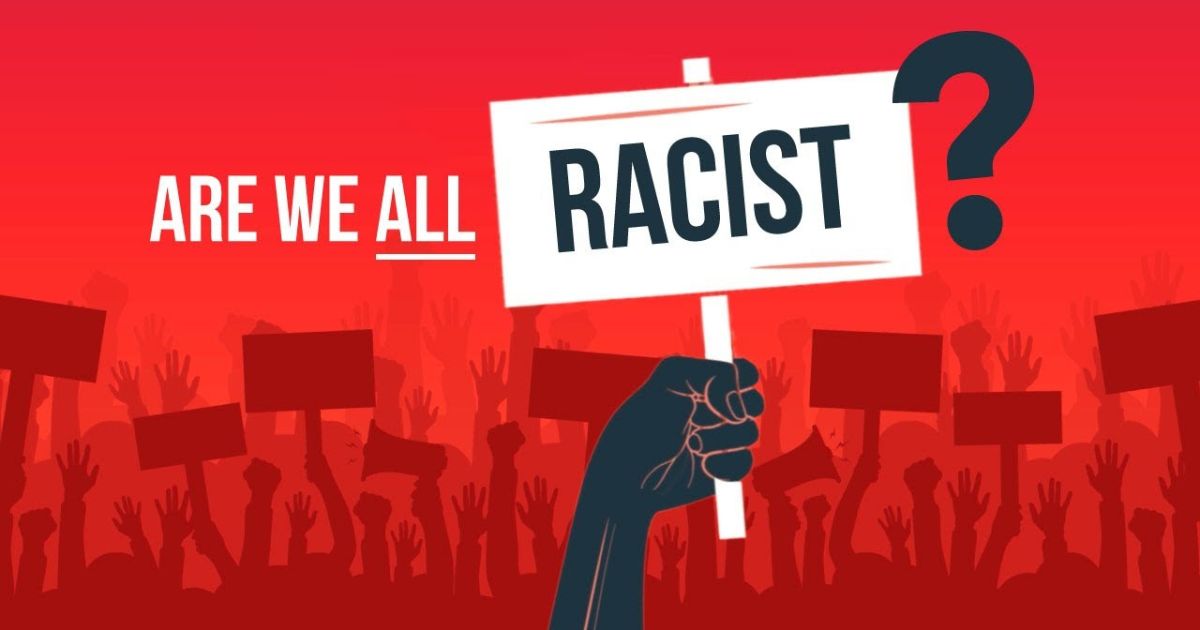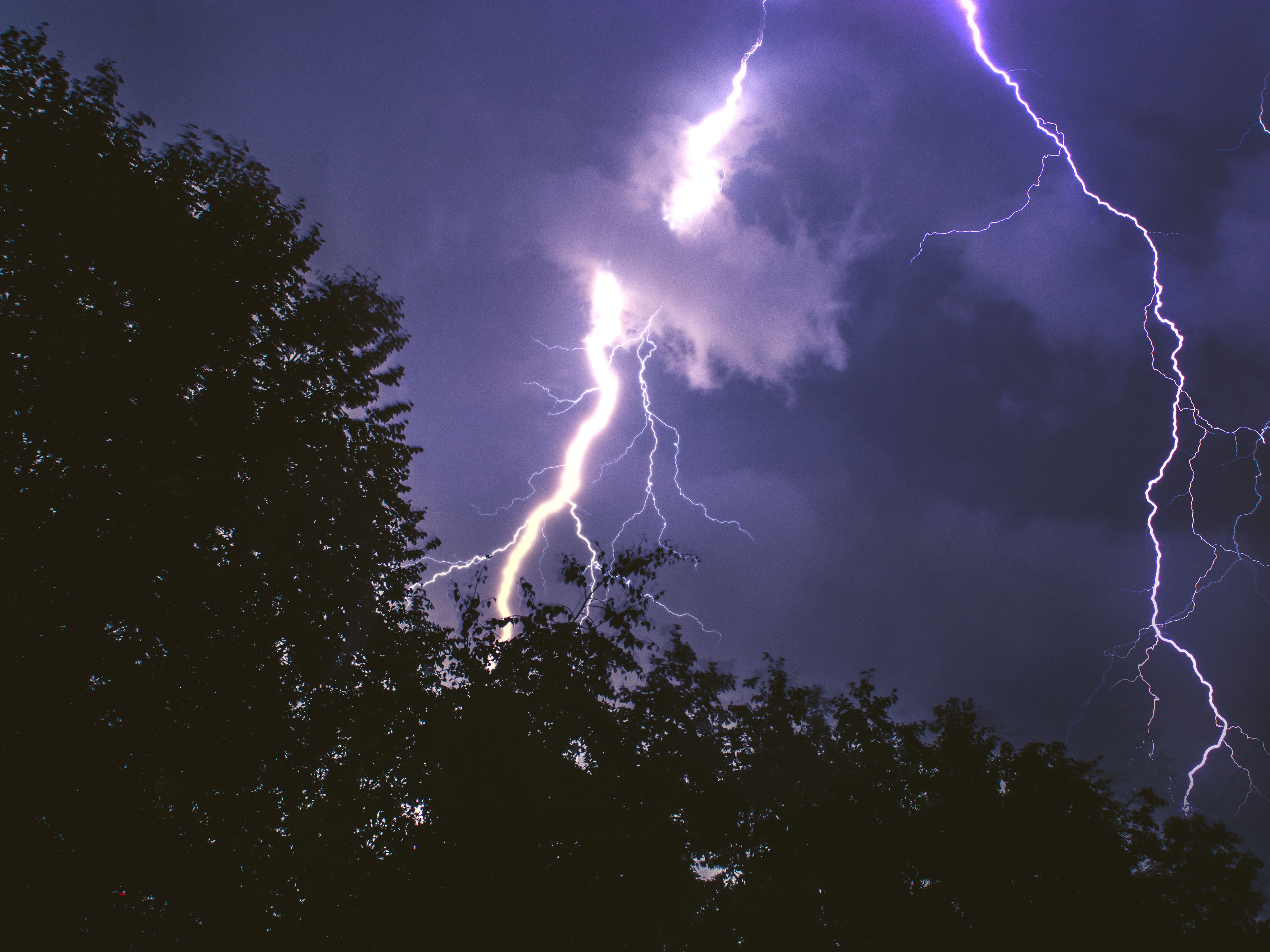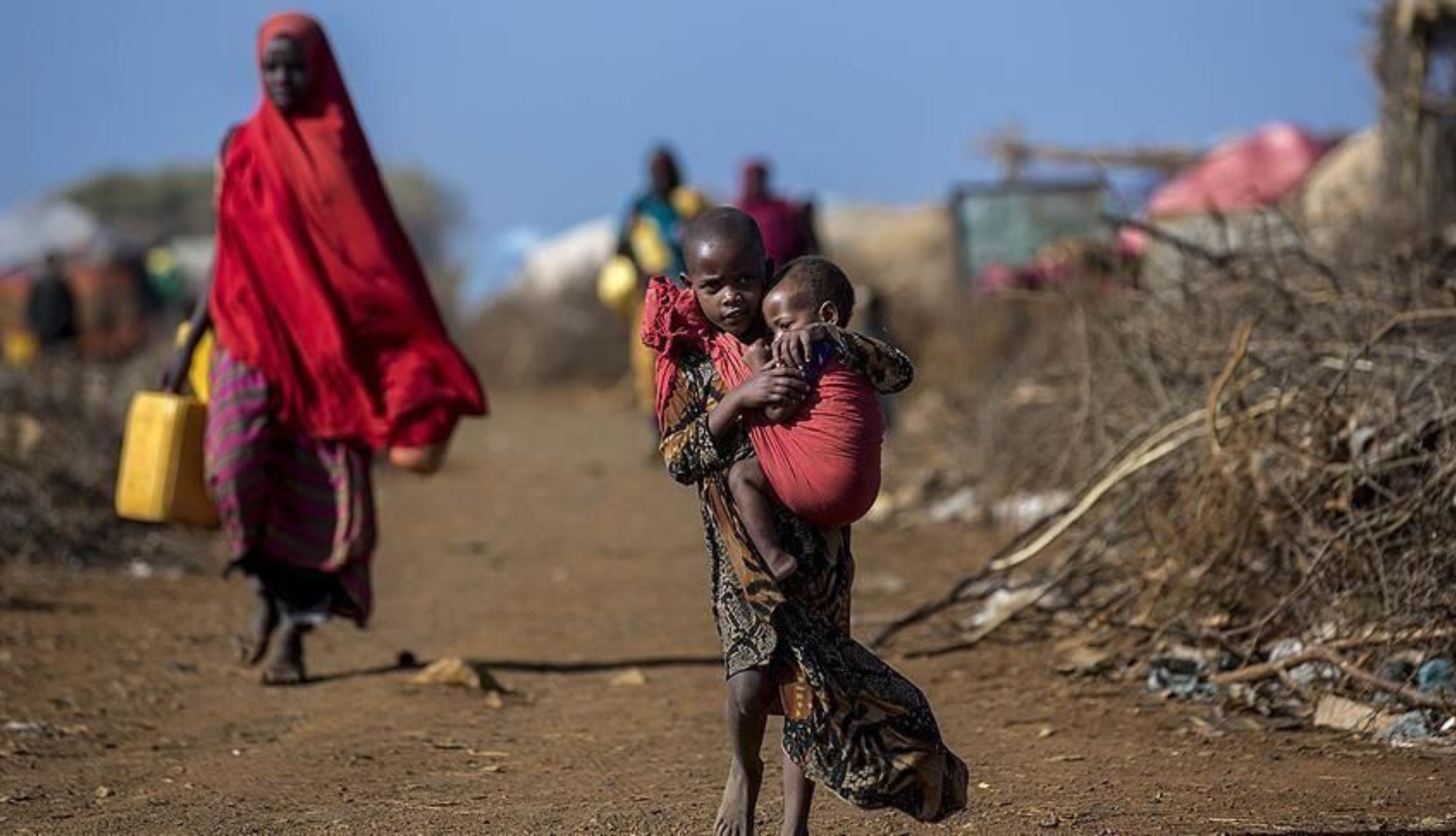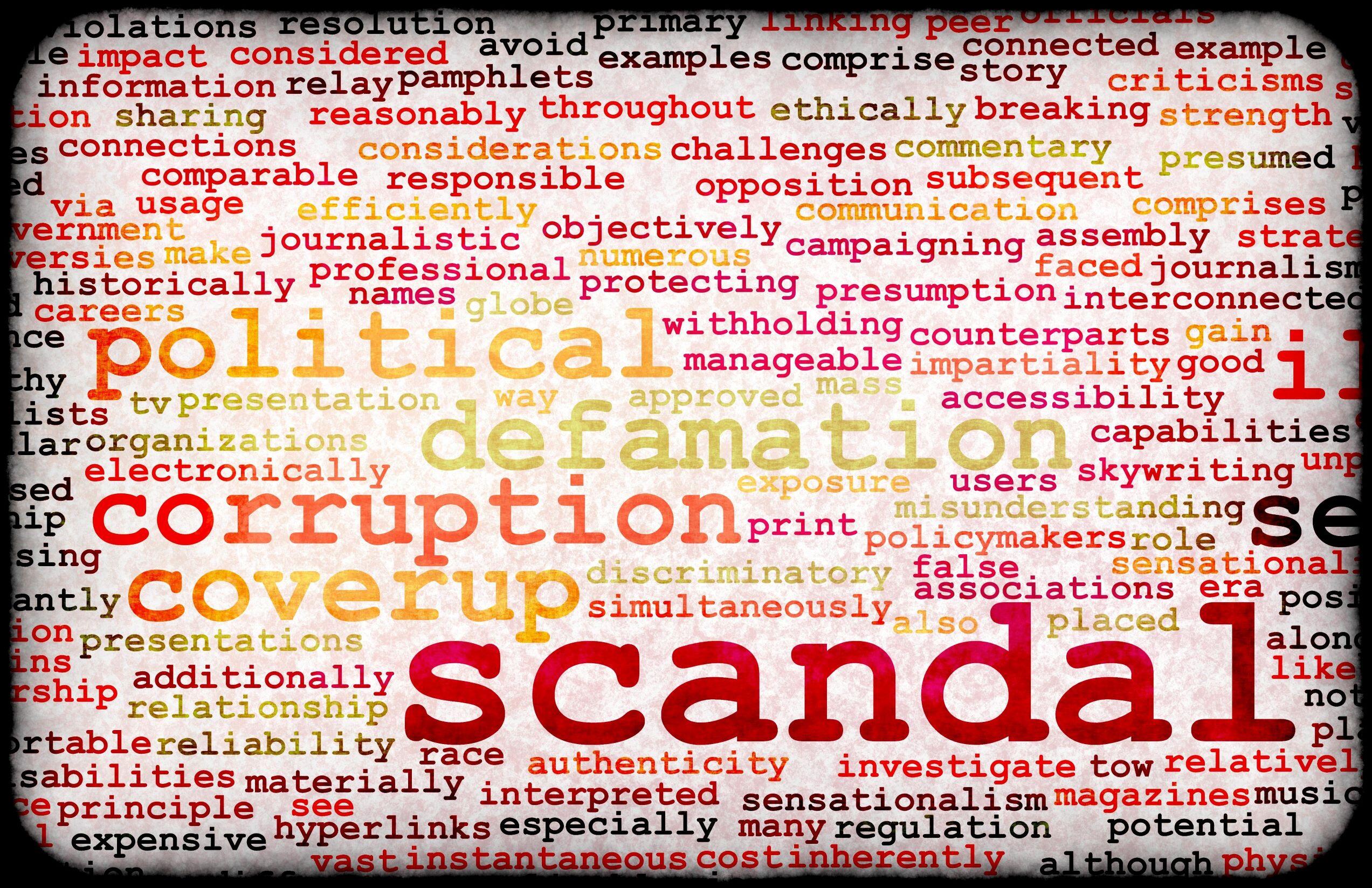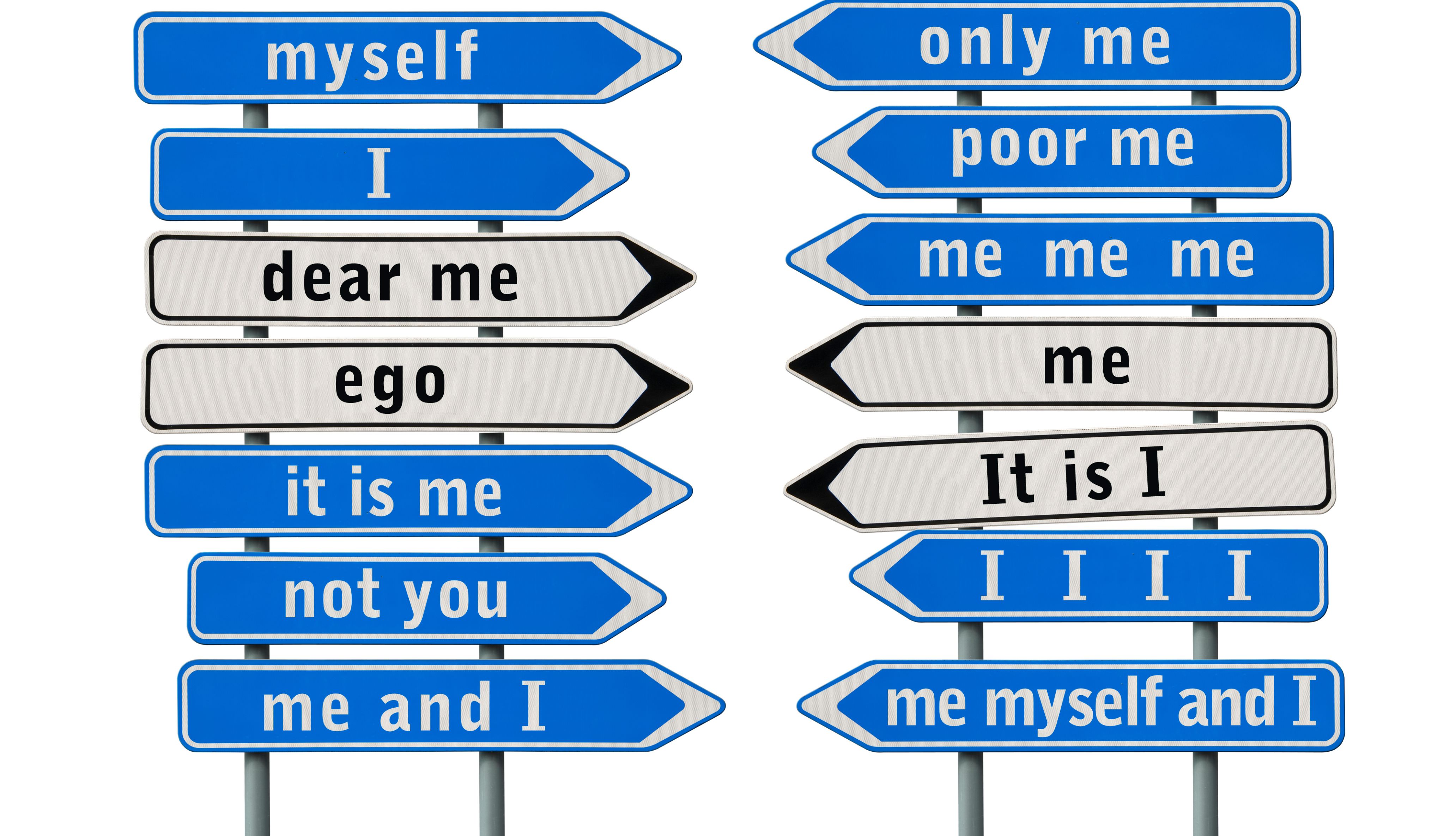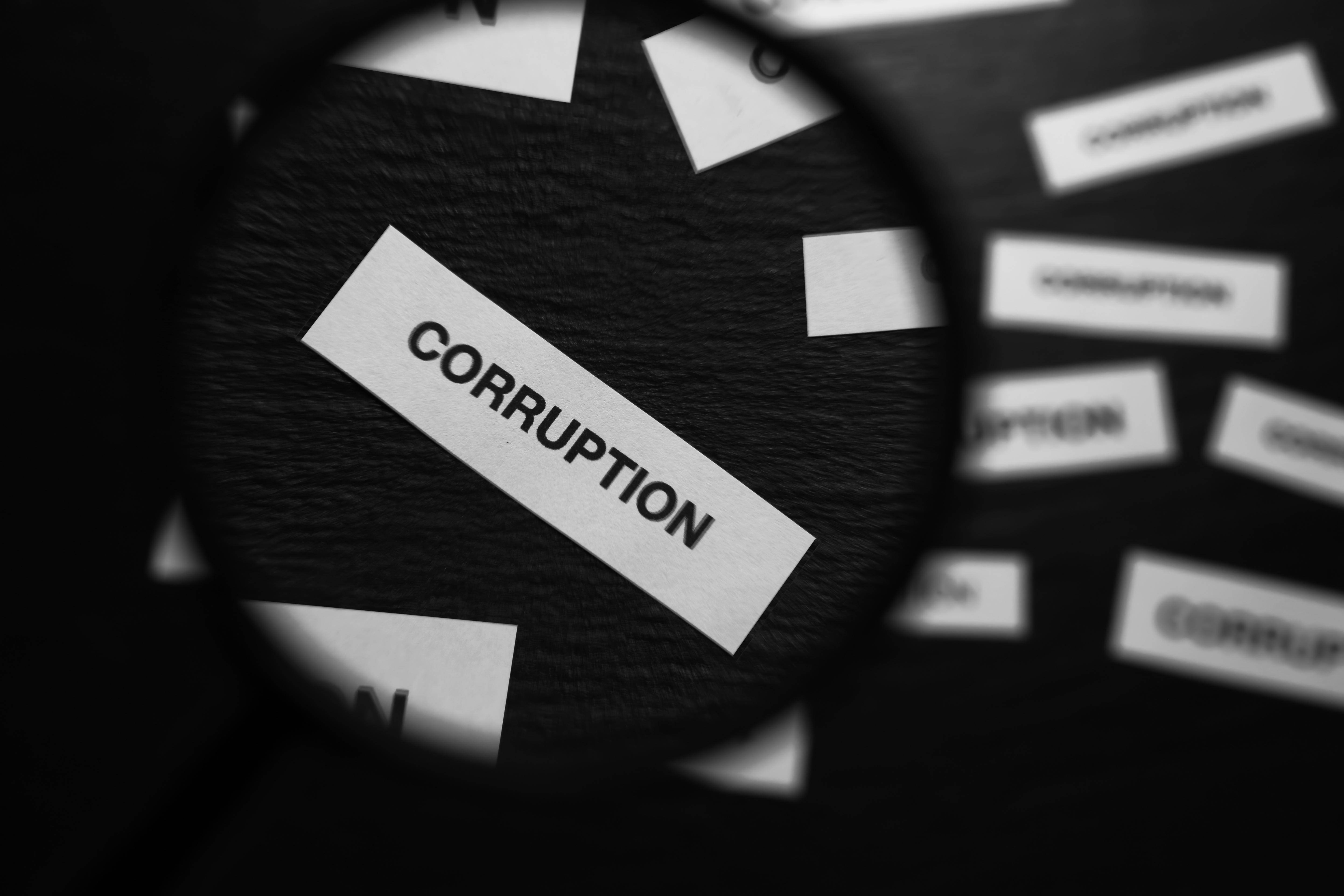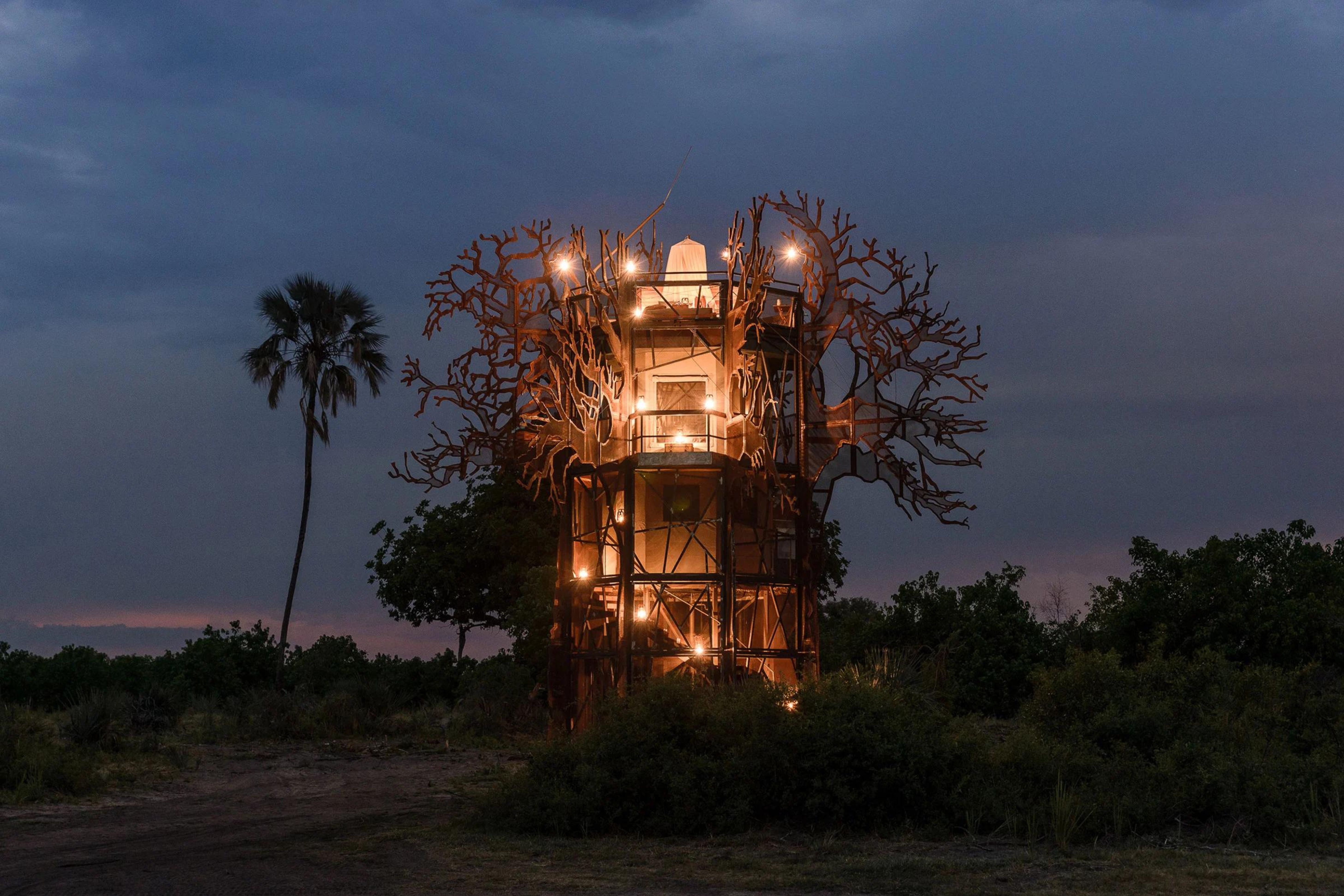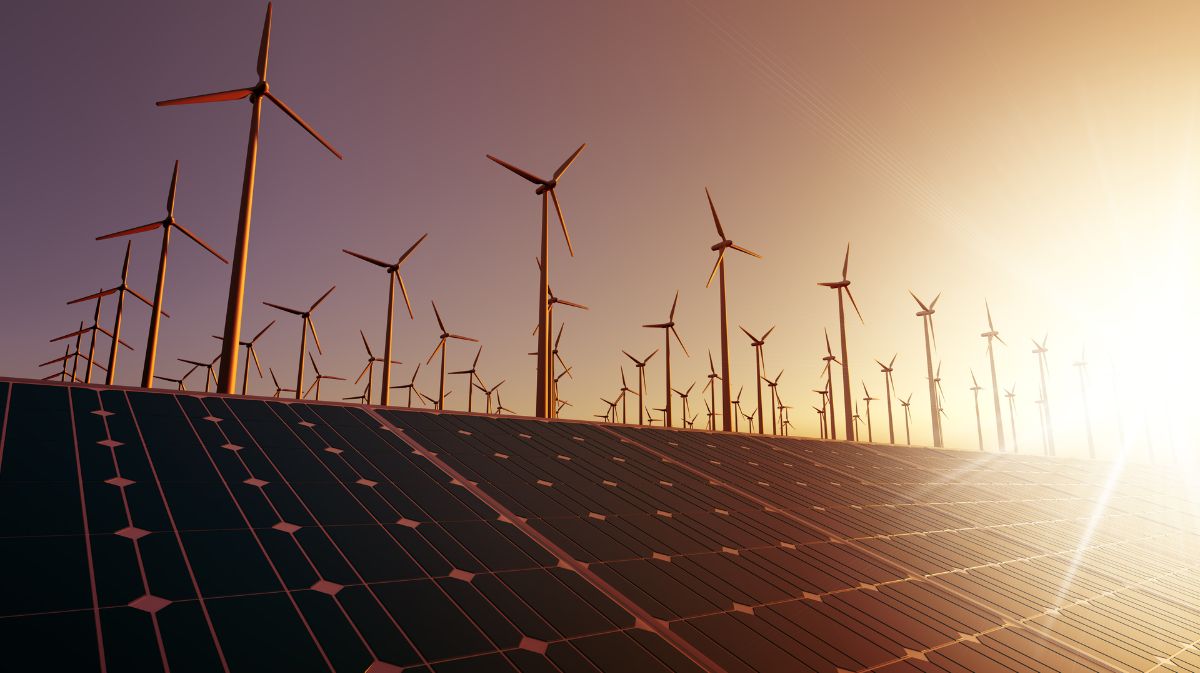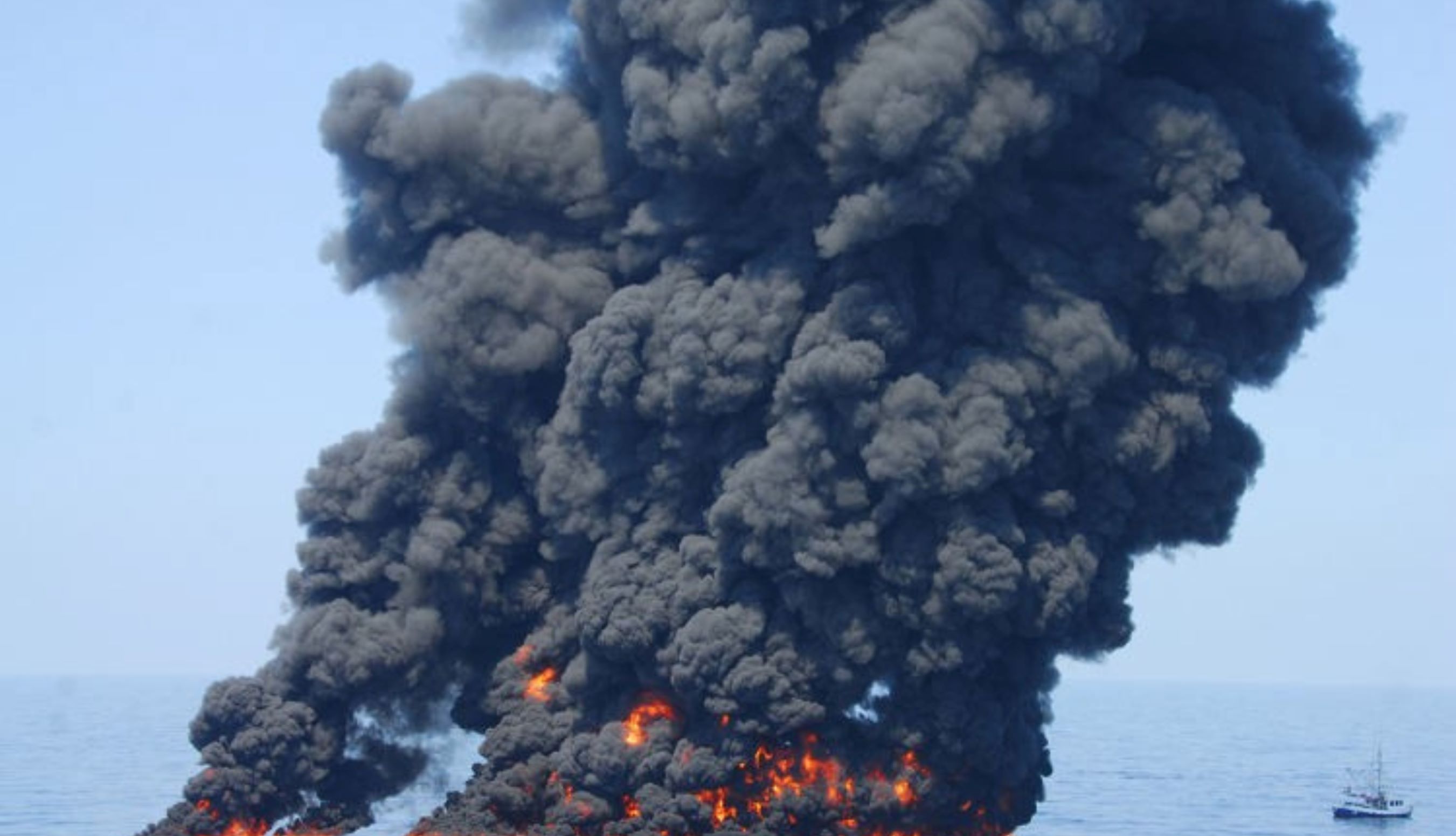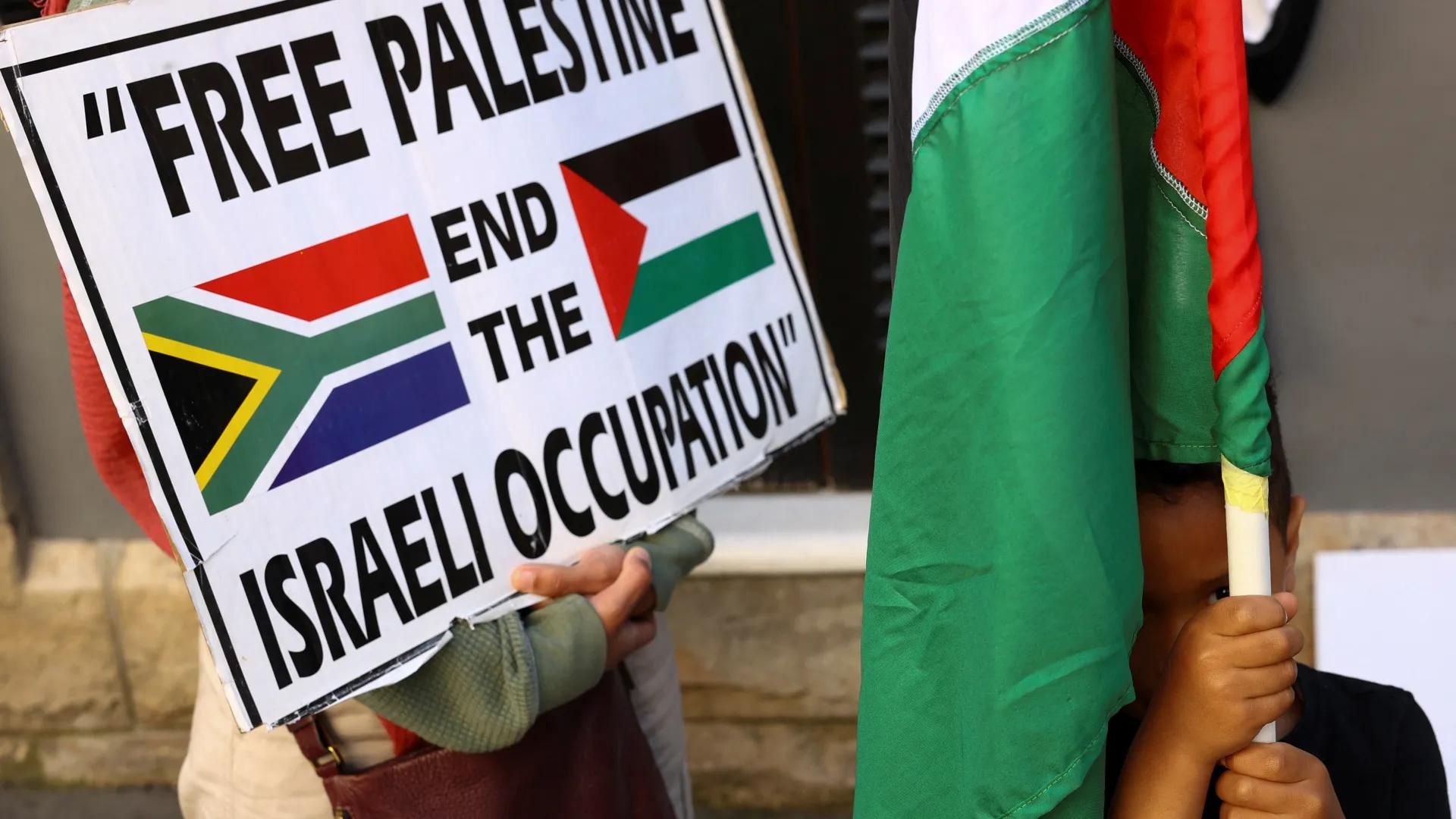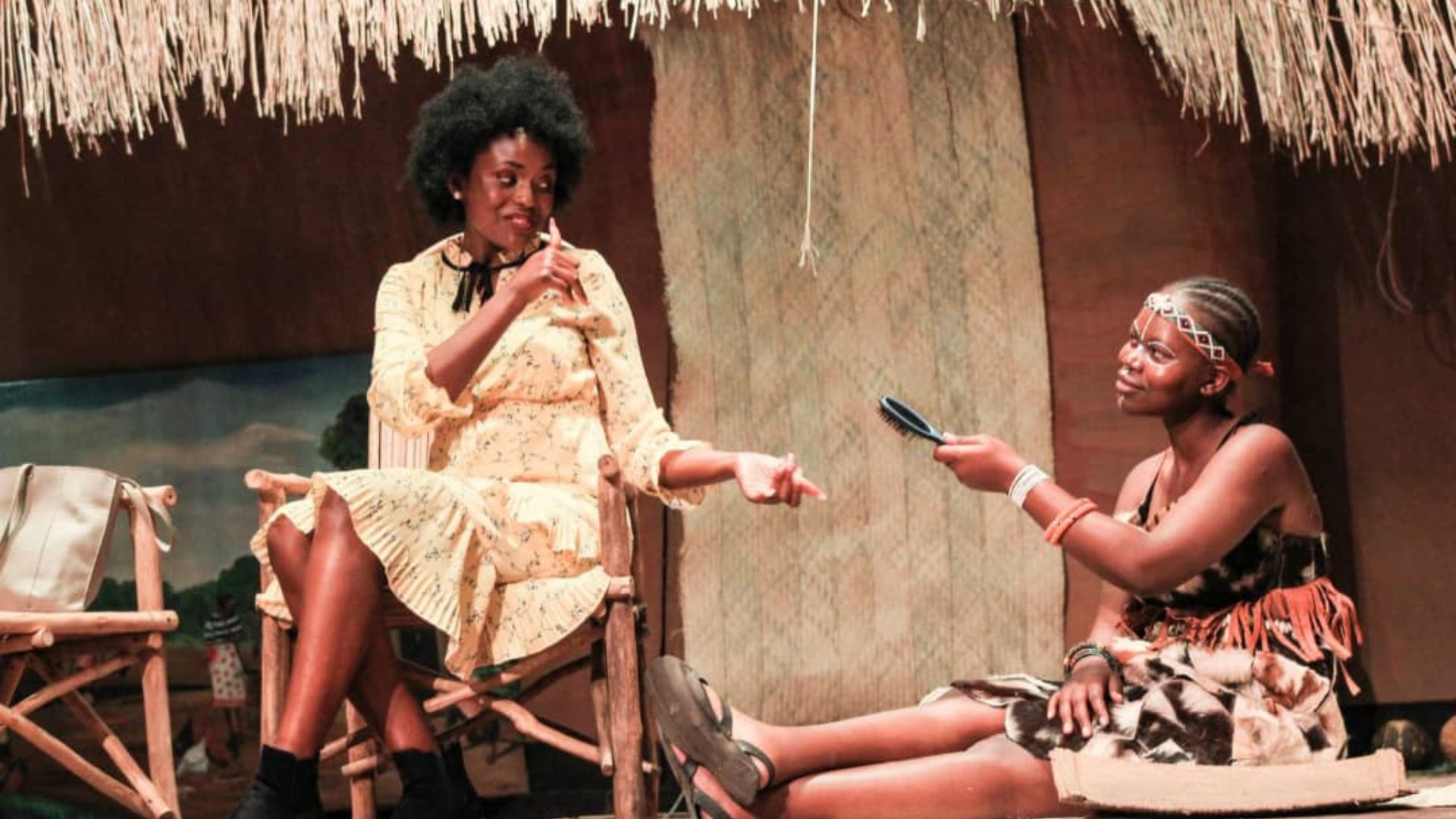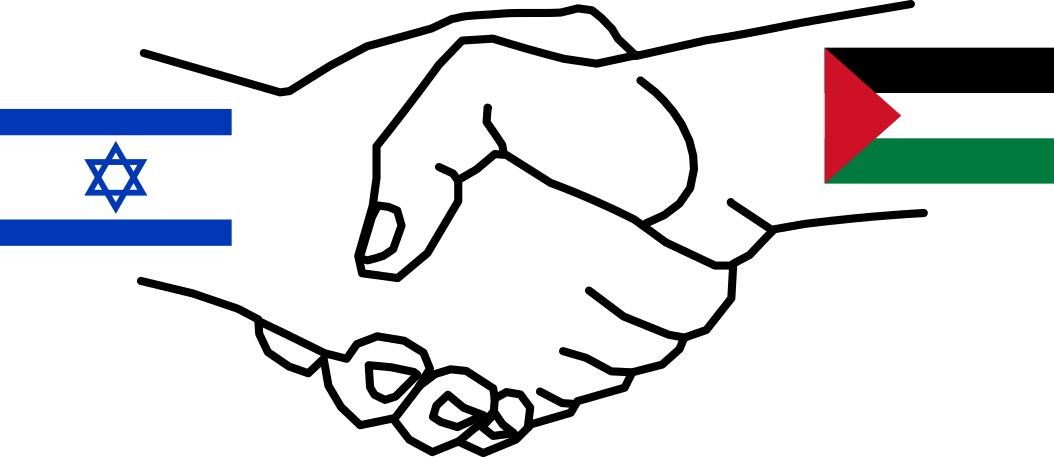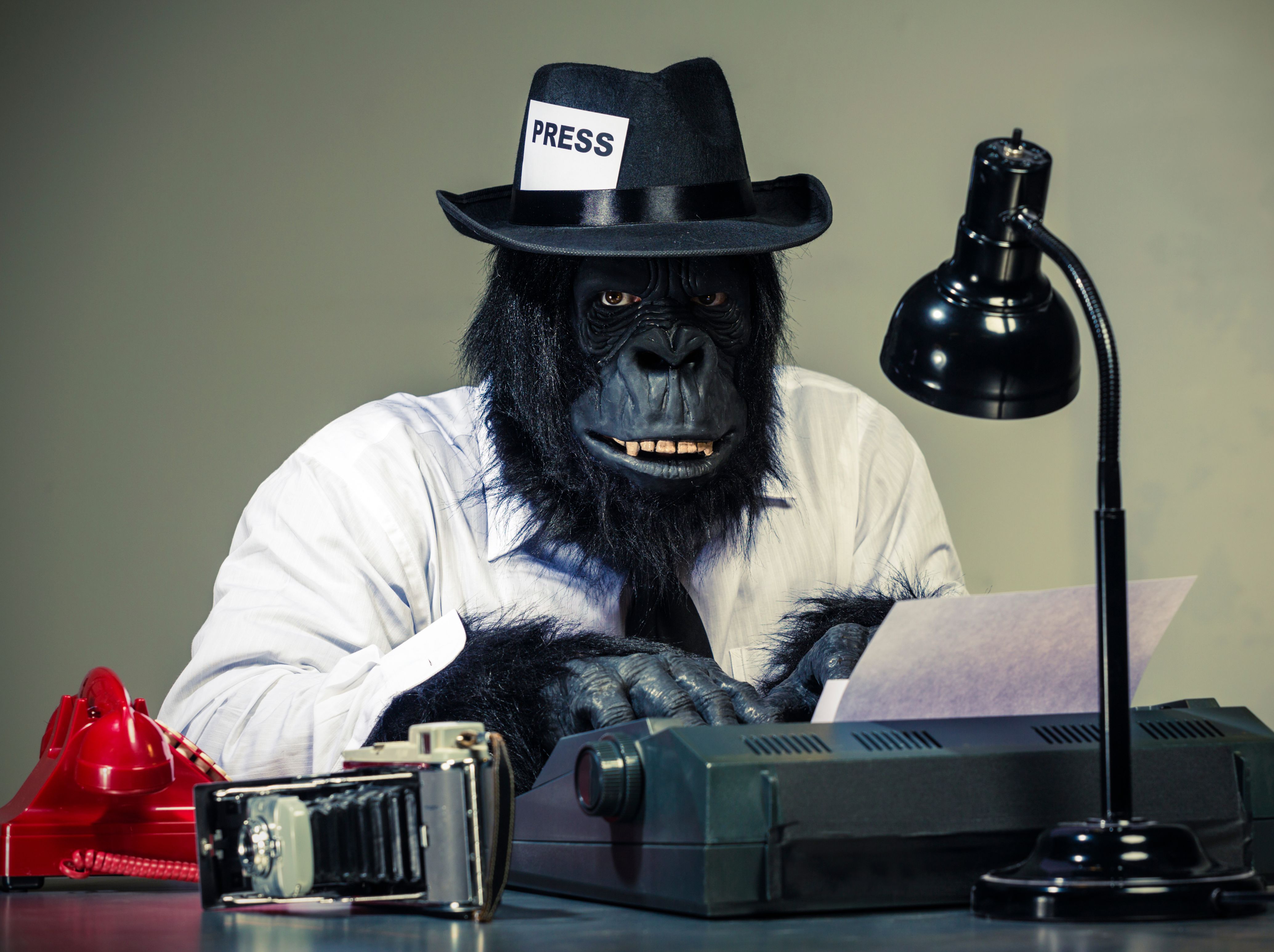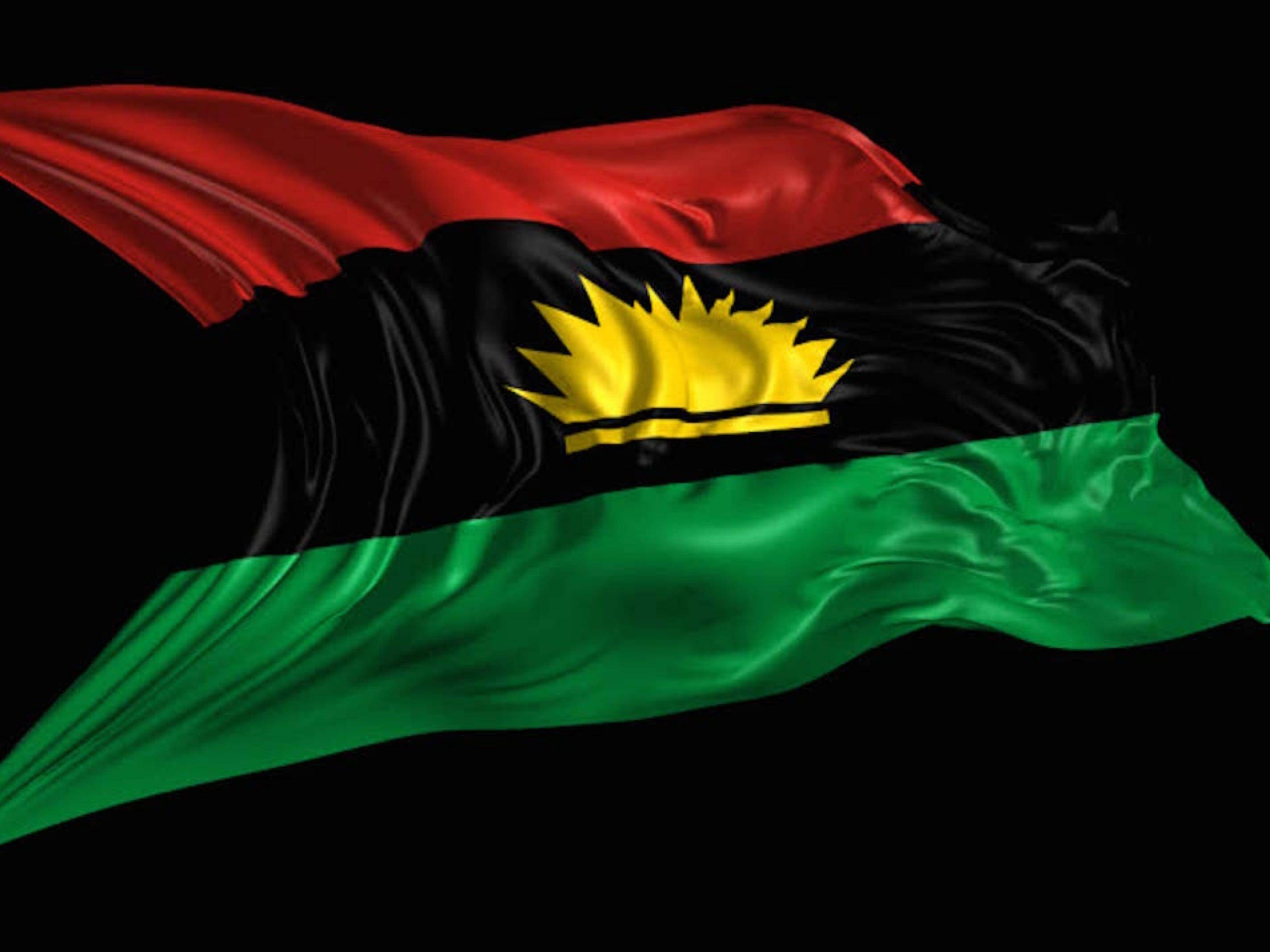Botswana, a landlocked country in Southern Africa, flaunts a landscape shaped by the expansive Kalahari Desert. Populated by over 2.3 million people, Botswana was once amongst the world’s poorest countries. Today, it has become an upper-middle-income nation, boasting one of the world’s fastest-growing economies.
This radical transformation has largely been spurred by Botswana’s thriving diamond mining industry, extensive cattle rearing, and burgeoning tourism sector. These occupations contribute significantly to Botswana’s thriving economy.
Botswana: Africa’s Preferred Tourism Destination
Botswana is celebrated as Africa’s jewel, attracting adventurers and nature lovers to its unparalleled safari experiences. Home to iconic landmarks like the serene Okavango Delta, the sprawling Kalahari Desert, and the wildlife-rich Chobe National Park, it offers a unique blend of natural wonders. These attractions promise close encounters with some of the continent’s most diverse wildlife and immerse visitors in breathtaking landscapes ranging from waterways teeming with life to vast, unending deserts. Botswana’s commitment to conservation and eco-friendly tourism further cements its status as a favoured destination, ensuring a sustainable adventure into Africa’s heart.
The Pula: A Symbol of Prosperity
The Pula, Botswana’s currency, embodies more than just economic value; it symbolises prosperity and well-being. In Setswana, ‘Pula’ means ‘rain,’ a scarce and precious resource in this predominantly semi-arid country, highlighting the importance of conservation and prudence. This metaphorical naming reflects the nation’s deep-rooted appreciation for rain as a bringer of life, aligning with the country’s focus on sustainable growth and wealth. The Pula is not just currency; it represents Botswana’s cultural identity and people’s aspirations for prosperity, making it a unique and meaningful aspect of the nation’s heritage.
The People and Culture of Botswana
Botswana stands as a beacon of cultural richness and diversity in the heart of Southern Africa. English serves as the official language, bridging global connections, while Setswana, the national language, weaves through its people’s everyday life and soul. The citizens, collectively as ‘Batswana’ and individually as ‘Motswana’, embody the spirit of unity and heritage. Gaborone, the capital, named after the esteemed leader Kgosi Gaborone of the Batlokwa tribe, epitomises modernity while retaining its cultural roots. This bustling metropolis offers a glimpse into Botswana’s rapid development with its vibrant nightlife and culinary scene, showcasing a blend of traditional and contemporary flavours. Through its people and culture, Botswana presents a tapestry of traditions that celebrate its past, thrive in the present, and look forward to the future.
The Climate of Botswana: A Unique Blend of Extremes
Botswana’s climate presents a unique blend of extremes that defines its semi-arid landscape, creating a fascinating environment for travellers. Predominantly hot and dry throughout the year, this landlocked country experiences variations as diverse as its natural wonders. The rainy season, though unpredictable, brings life to its vast expanses, transforming the scenery with lush greenery, especially from December to March. Yet, this precipitation is highly regional, affecting areas differently across the country.
The transitional months of April to early May and September to October are particularly appealing, offering visitors pleasant weather conditions for exploring Botswana’s wilderness and wildlife. Winter, spanning from May to August, while generally dry and sunny, introduces another extreme. Nights can plummet below freezing, especially in the southwest, contrasting sharply with warm daytime temperatures. This period, though cold, offers clear skies and excellent conditions for wildlife viewing as animals congregate around water sources. Botswana’s climate, with its mix of extremes, ensures that every visit, regardless of the season, is a unique adventure into the heart of Africa.
Unraveling Botswana’s Natural Marvels
Botswana, a jewel in Africa’s crown, offers an unrivalled exploration of the wild through its natural marvels. At the forefront, Chobe National Park dazzles with its dense wildlife and riverine beauty. The Nxai Pan and Makgadikgadi National Park present a stark, mesmerising landscape of ancient salt flats, where the echoes of the past meet present biodiversity. The Kgalagadi Transfrontier Park, a vast wilderness, promises thrilling encounters with majestic predators under its expansive skies. Together, these destinations weave a tapestry of Botswana’s rich ecological and cultural heritage, making it an unforgettable journey for nature lovers.
The Diverse Ecosystem of Chobe National Park
Chobe National Park, Botswana’s third-largest sanctuary, is a testament to nature’s splendour, boasting one of the most diverse ecosystems on the African continent. Renowned for its rich biodiversity and high concentration of game, Chobe offers unparalleled wildlife observation opportunities. It’s one of the few places on Earth where visitors can witness the rare and dramatic spectacle of lions preying on elephants, a testament to the wild, untamed nature of the park. The park is divided into four distinct ecosystems: the Serondela area with its lush plains and dense forests along the Chobe River; the Savuti Marsh offering an annual predator spectacle; the Linyanti Swamps with their rich birdlife; and the hot, dry hinterland of the Nogatsaa and Tchinga. Each area contributes to the park’s incredible variety of flora and fauna, making Chobe National Park a must-visit destination for those seeking to immerse themselves in the heart of Africa’s wilderness and witness the circle of life in its most primal form.
Nxai Pan and Makgadikgadi National Park: A Glimpse into the Past
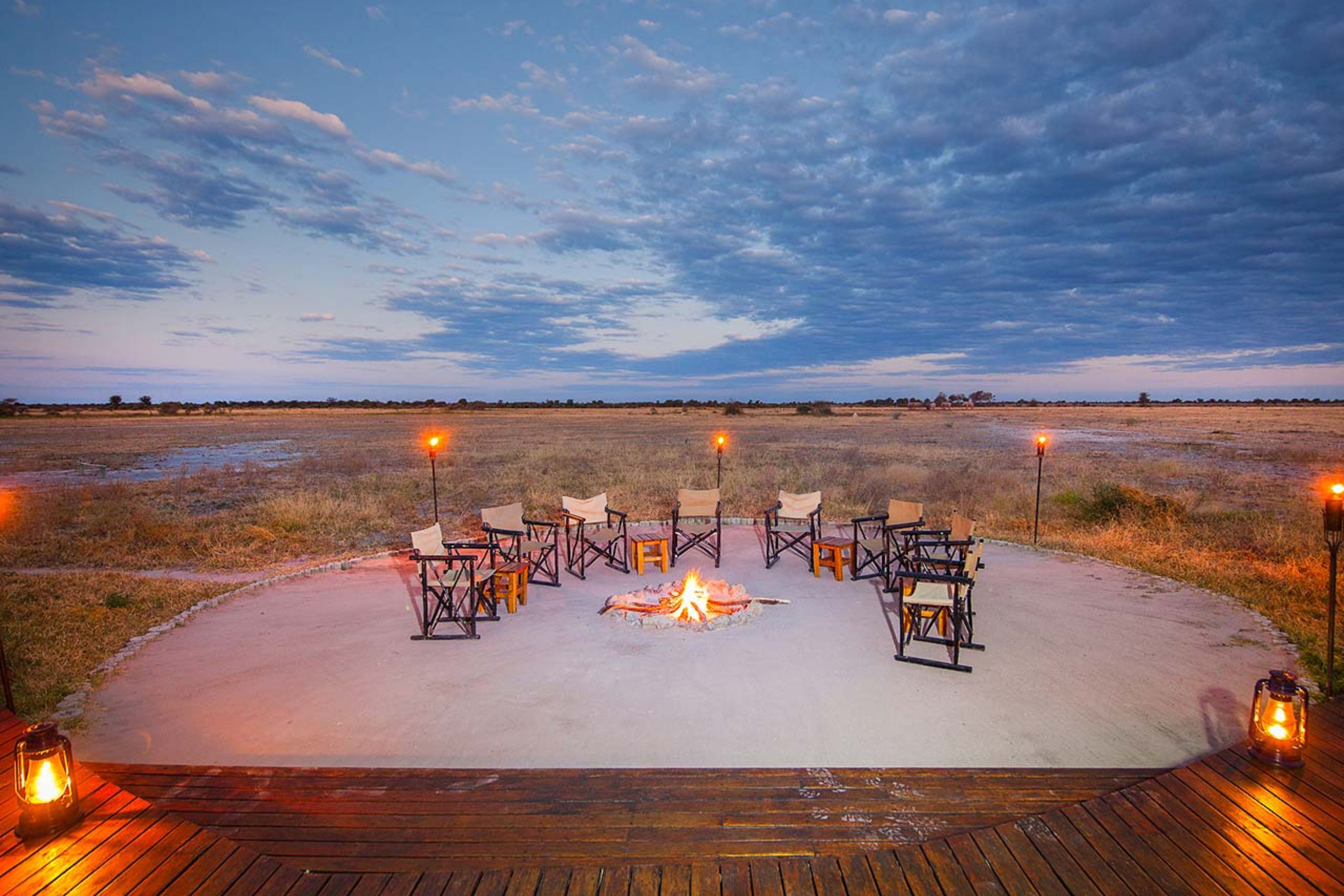

Kgalagadi Transfrontier Park: A Wildlife Spectacle
This vast wildlife preserve in Botswana is considered a stronghold for lions in Africa. It is home to cheetahs, African leopards, hyenas, and over 200 species of birds.
Gaborone After Dark: A Vibrant Nightlife Experience
Botswana’s dynamic capital, Gaborone, is increasingly becoming the epicentre of nightlife and relaxation in Southern Africa. By day, the city exudes a calm ambience with its lush gardens and picturesque parks, offering serene retreats from the hustle and bustle. As the sun sets, Gaborone transforms, revealing a vibrant nightlife scene that rivals any city. From chic cocktail bars and exclusive clubs to traditional pubs and live music venues, there’s something for every taste. The city’s culinary scene is equally impressive, with various restaurants serving local and international cuisine. Whether you’re looking for a night of dancing, an evening of fine dining, or a peaceful spot to unwind, Gaborone caters to all, making it the perfect destination for those seeking excitement and relaxation.
Gaborone offers a vibrant nightlife, with Masa Square, Chez Nicolas Lounge, and Jesse’s Bistro as popular hangout spots. Visitors can also book relaxing spa sessions at Originalle Beauty Parlour.
Francistown: A Blend of History and Culture
Francistown is an old town known for its ‘Gold Rush’, houses the Supa Ngwao Museum, showcasing stunning art pieces and cultural works of the Kalanga people, one of Botswana’s Ethnic groups. Francistown is a city where history and culture intertwine, offering a unique blend that captivates travellers. Known as the country’s second-largest city, Francistown boasts a rich heritage, visible in its historic sites and vibrant cultural festivals. The city’s origins, deeply rooted in the gold mining industry, can be explored through visits to old mines and museums that tell tales of its past. Meanwhile, the local markets and galleries showcase Botswana’s diverse arts and crafts, offering a glimpse into the contemporary cultural scene. Francistown is a must-visit destination for those eager to experience a mix of Botswana’s historical depth and cultural vibrancy, making it a perfect spot for culture enthusiasts and history buffs alike.
To enhance your gastronomic journey, here are three top must-try dishes in Botswana:
- Seswaa: A tenderly cooked and shredded traditional meat dish, often served with pap (maise porridge).
- Morogo: A wild spinach dish, rich in flavour and nutrients, sometimes combined with tomatoes and onions.
- Bogobe: A sorghum or millet porridge, fermented and sometimes mixed with milk or sour milk, offering a unique taste.
These dishes offer a glimpse into Botswana’s culinary traditions and embody the soulful essence of its food culture.

